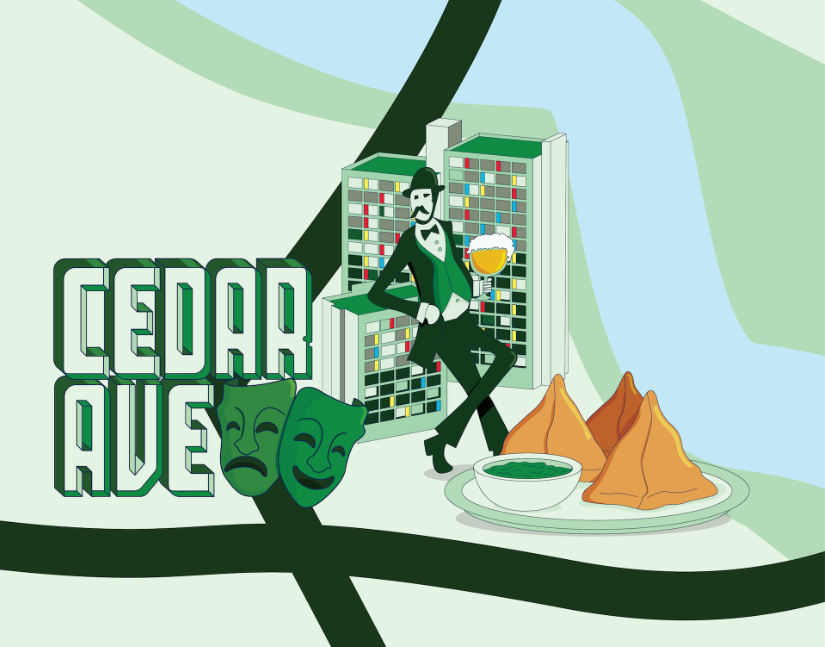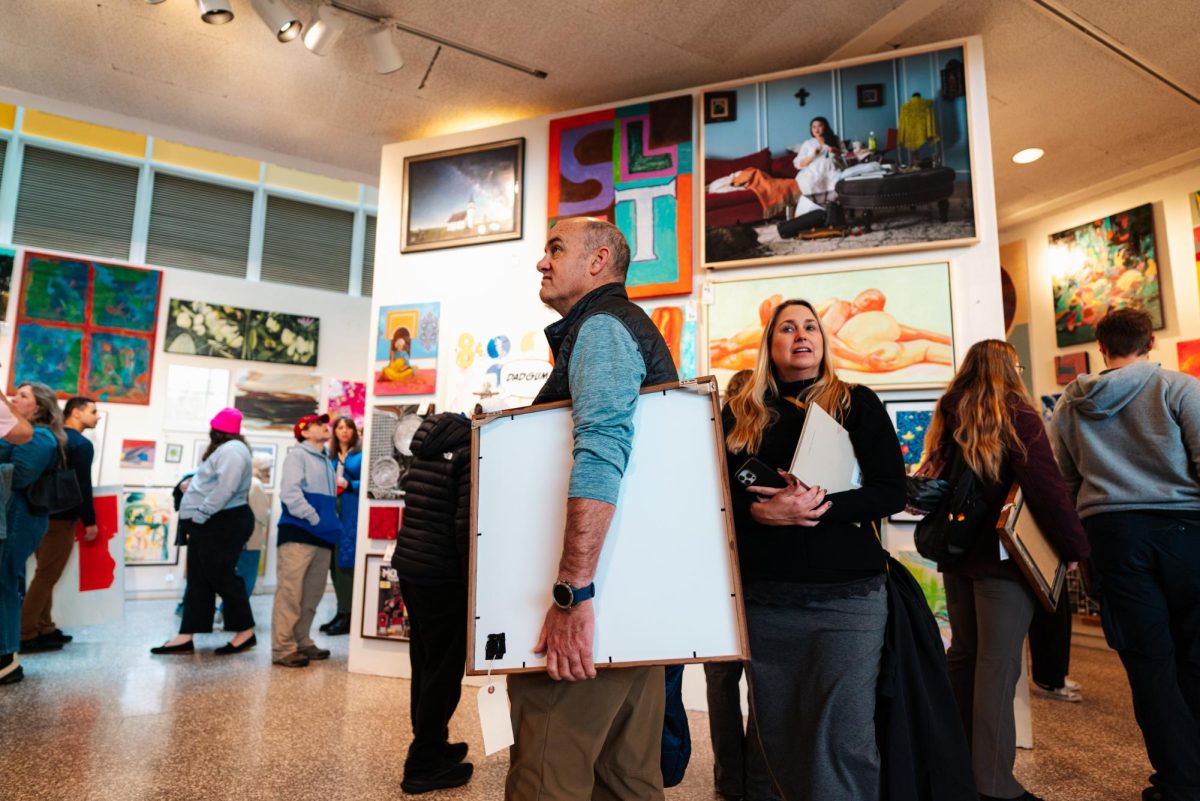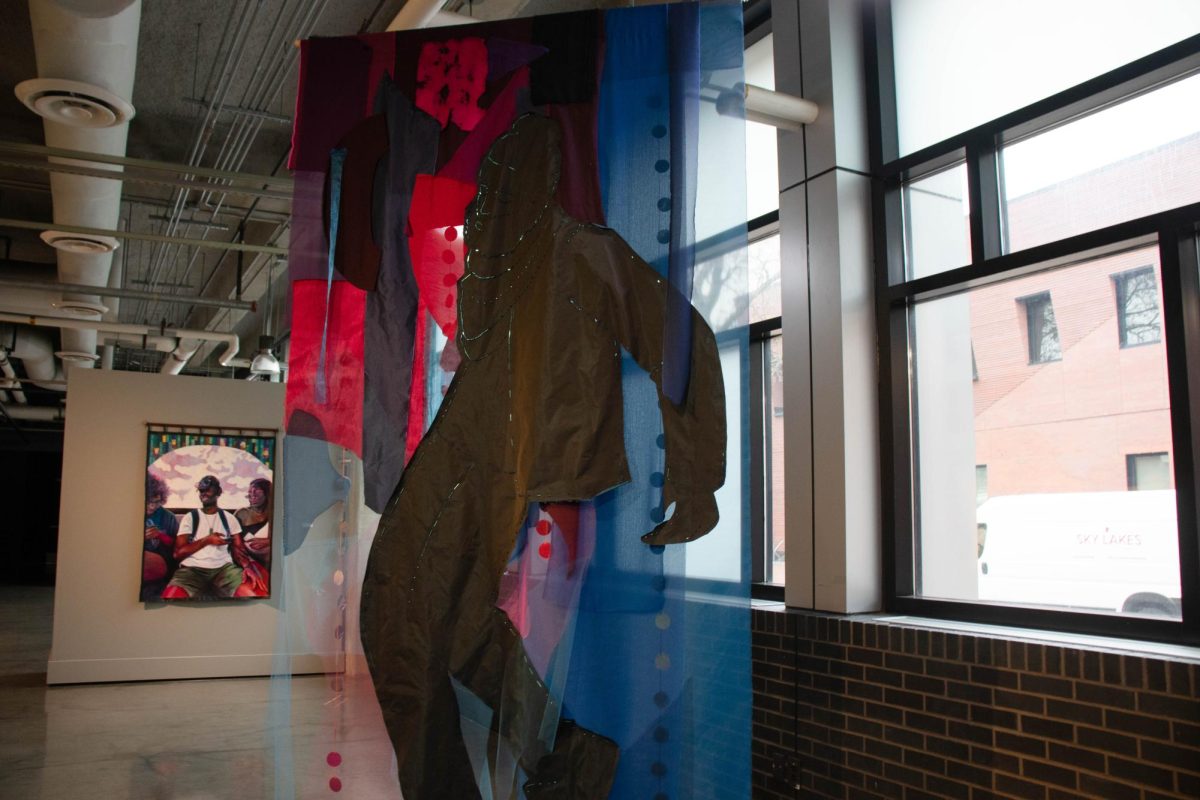This is no kindergarten art. No scented crayons here, no safety-scissors, and absolutely no smiling, Kool-Aid sun in the corner of the page. “Rotten Sun,” the current art exhibit put on by the school’s professors, is art in the vein of the freak show, shamelessly examining what we’re inclined not to examine, in ways that we’d never think to look.
WHAT: Rotten Sun: On the Grotesque in Art & Design
WHEN: Runs until October 7
WHERE: MCAD Gallery, 2501 Stevens Ave., Minneapolis
TICKETS: Free
Named after a passage from the book “Visions of Excess” by George Bataille, “Rotten Sun” attempts to mimic the process of acknowledging the backside of the beautiful. In the essay, Bataille looks at that friendly yellow circle until it loses its symbolic quality and becomes a ball of gas starved for an Icarus. As Bataille argues, art revealing the sun should be, “a mental ejaculation, foam on the lips, and an epileptic crisis.”
Turns out art can kill you, as shown by “Rigger Mort,” a sculpture by Dean Wilson. Sitting in a sunny corner, the piece is a patch of dead grass, on which a piece of art has fallen on a spectator. Based on a true story, this piece bothers with little a nuance, jumping to the most harmful of effects caused by art.
Other artists sensed the connection between art and destruction and zeroed in on the deaths of creatures usually depicted singing along with Cinderella. A set by Katherine Turczan shows two dead birds in front of velvet-black backgrounds, each with different personas. “House Sparrow” captures a humble death, as a songbird is recoiled and humble, maintaining a tight shape that mimics a moment of stillness. “Black Crow” is its opposite, a big sprawled creature with its mouth open in shock and protest. Next to one another, these images eerily suggest that the character of each bird will shape its position even in death.
Technology must hit select artists as the antithesis of symbolism, especially at the poles of war-technology, meant to destroy, and frivolous technology, meant to give us more moments to sit on our sofas. In “Garden Glory,” by Tom Garrett, graphic flowers act as resting points for grenades, while bugs buzz idly by, unsure what to do now that they’ve been uprooted. Mari Richards toys with the idea of “organic” trinkets, like a cell phone sunk into a model human hand, and a lock with a transparent, squishy lump of flesh dangling from it.
Your eyes are not the only windows to the grotesque, but your ears are also subject to everything from a chorus of dry heaves to a pig squelching in slop. In the piece “Nesting in the Footprints of Two Steps Back,” Jan Jancourt creates sound collages “fastened by dissension,” where rhythm sounds like a bass line of boots on the ground.
Making disturbance into something as aesthetic as art is a delicate process, which is an increasingly attempted theme in music, from Yoko Ono to Deerhoof.
According to Bataille, Picasso was one of the only artists to explore subjects until their beauty became fragmented. Hopefully at least one of these pieces would give him the satisfactory tingle of misdirected mental electricity that he sees in the sun.







